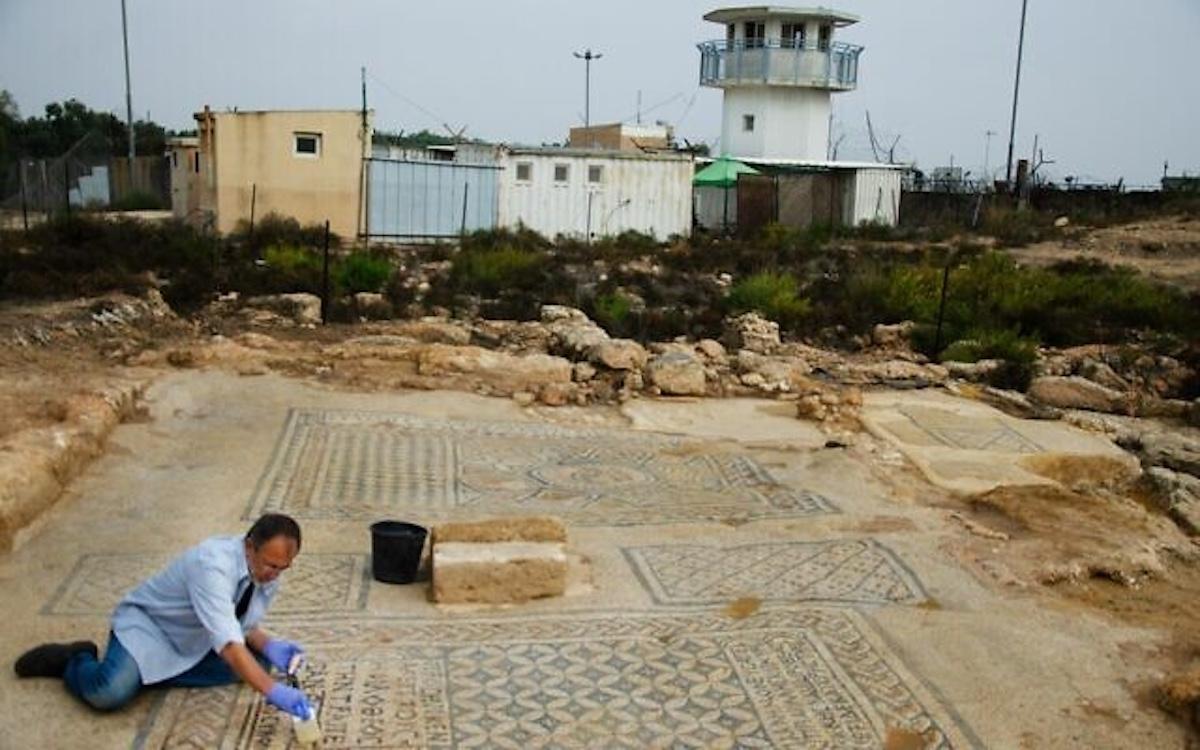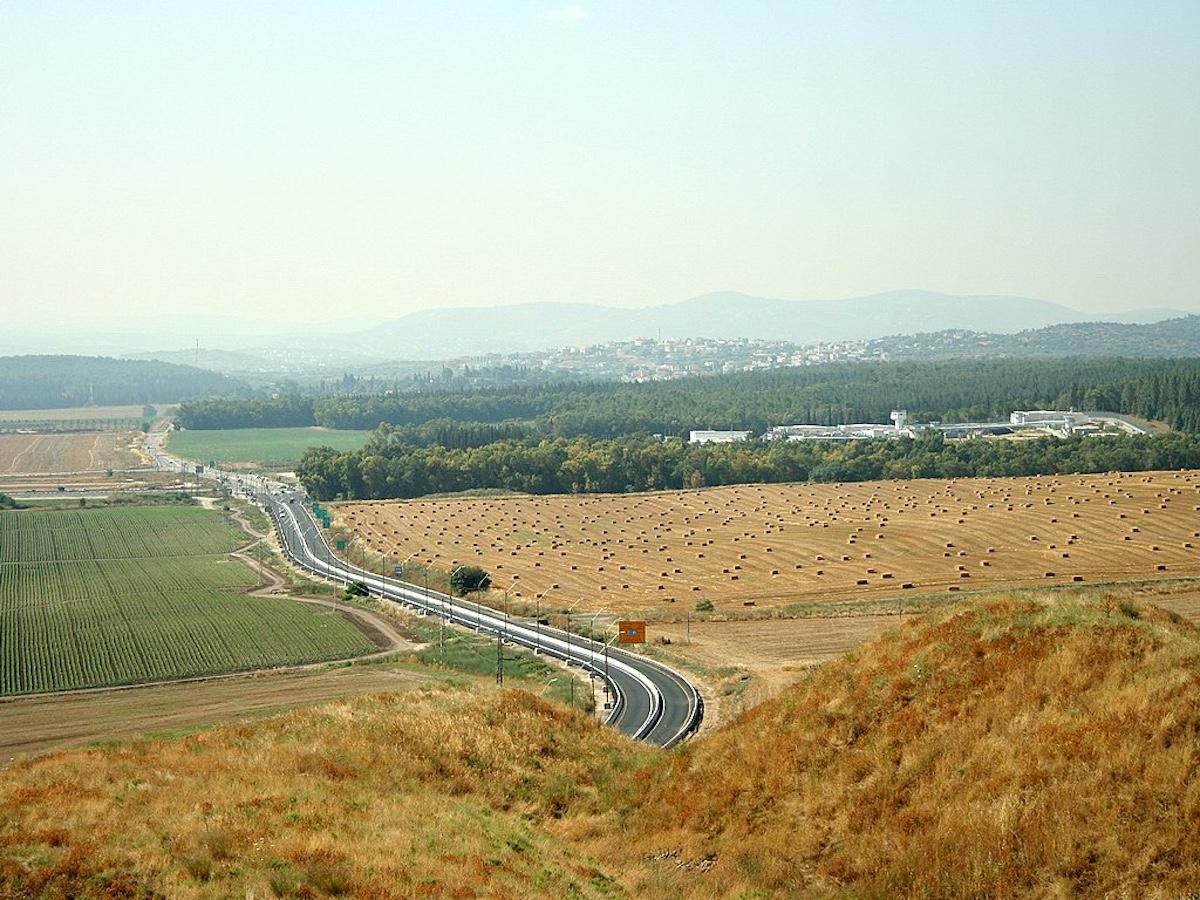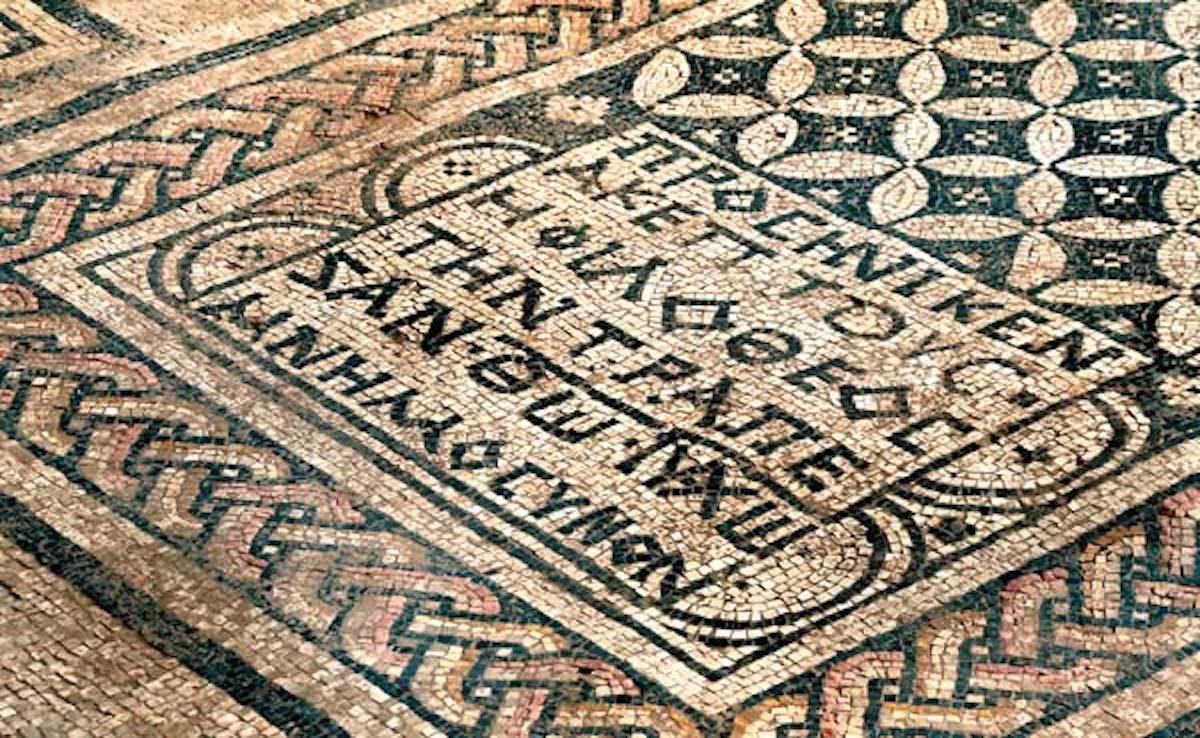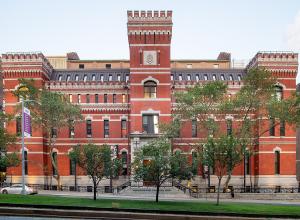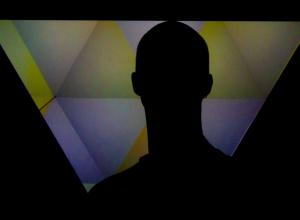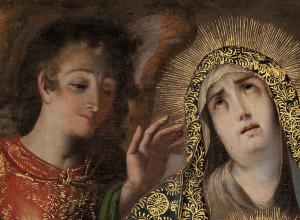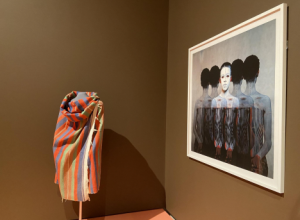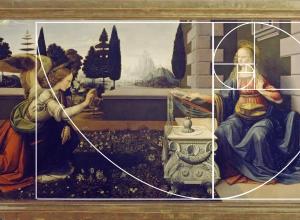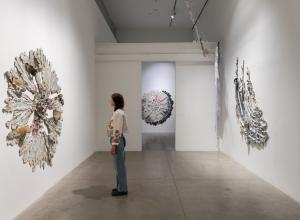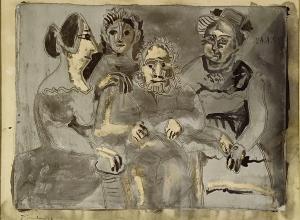In 2005, the church remains were found near Megiddo Prison, an area that belonged to the ancient Roman town of Legio, by Israeli archaeologist Yotam Tepper of Tel-Aviv University. Tepper and many other scholars date the church back to the third century, a time when Christians were being persecuted by the Roman Empire, making this church an extraordinary structure. The mosaics inside, are even more fascinating. Measuring 580 square feet, the large floor mosaic bears an inscription: “The God-loving Akeptous has offered the table to God Jesus Christ as a memorial.” Next to the inscription are geometrical shapes and images of fish, an early Christian symbol.
Several archaeologists and academics have voiced objections to the move for two reasons relating to the historical context of the mosaics, and the placement in the Museum of the Bible. Because academic study on the works has yet to be completed, many including those involved in the digs at Tel Megiddo from the Center for the Mediterranean World, argue that the move is premature.




